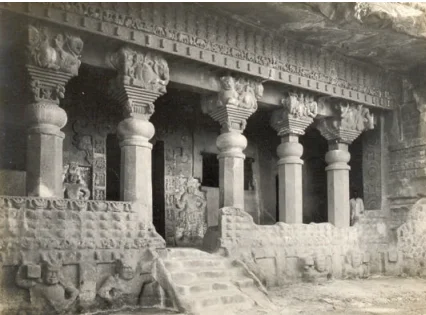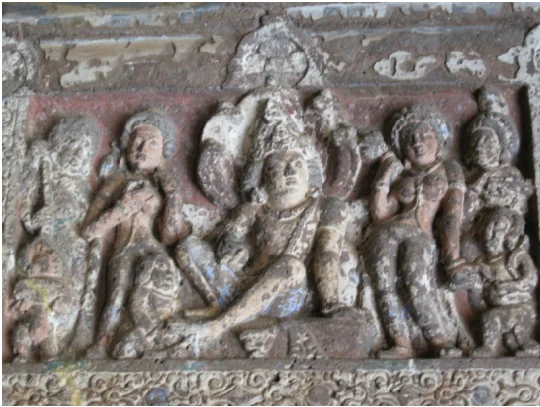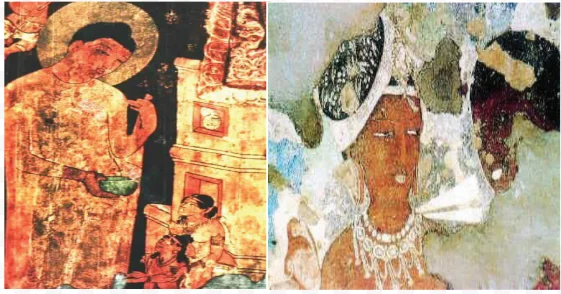![]() 23 Dec 2023
23 Dec 2023
Exploring Cave Tradition in Western India: A rich cultural and architectural legacy, including the Cave Tradition in Western India, featuring ancient rock-cut caves that served as homes, monasteries, and temples. Notable examples include Ajanta, Ellora, and Elephanta caves, showcasing intricate sculptures, paintings, and religious significance.
|
Viharas: They resting places for monks, having a quadrangular plan. Chaitya: A small chamber, usually at the back, are the prayer halls. |
|---|


| Do you know?
Ajanta is the only surviving example of painting of the first century BCE and the fifth century CE. |

Evolution of Art: Typological Variations and the Cave Tradition in Western India through Ajanta’s Paintings

Conclusion
In conclusion, the meticulous adherence to the Pali text in Cave No. 10, exemplified by Chaddanta’s portrayal, resonates with the rich Cave Tradition in Western India. Meanwhile, Cave No. 17 diverges significantly from this tradition, showcasing a distinct artistic interpretation. The enduring influence of the Cave Tradition in Western India is evident in the nuanced variations seen across these remarkable cave paintings.
<div class="new-fform">
</div>
